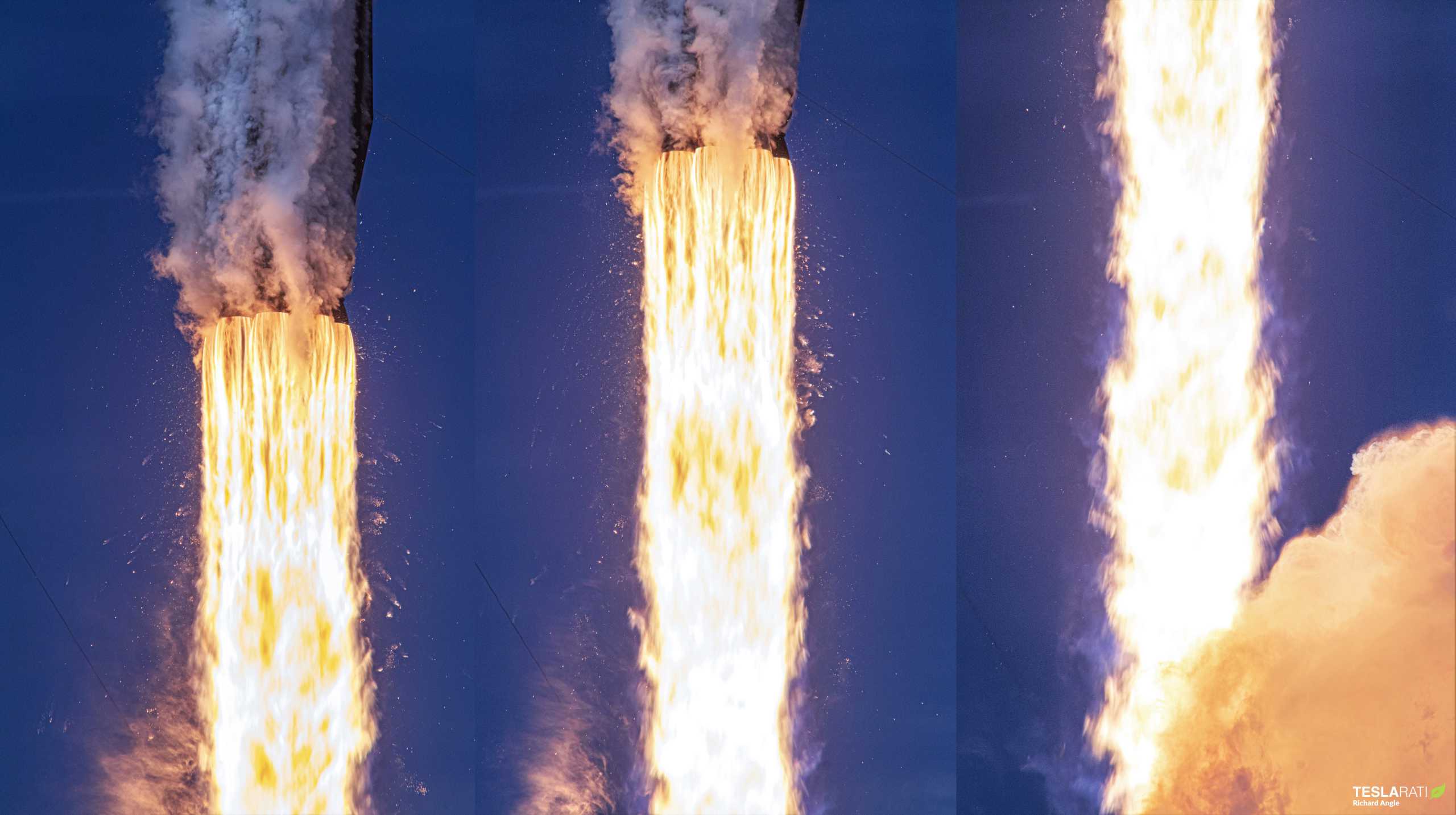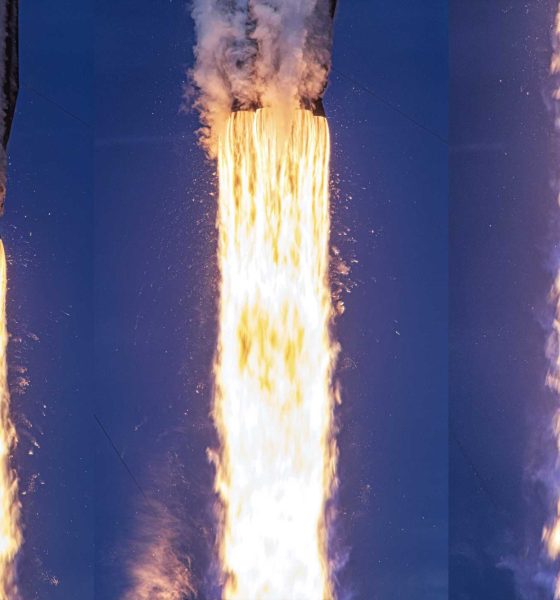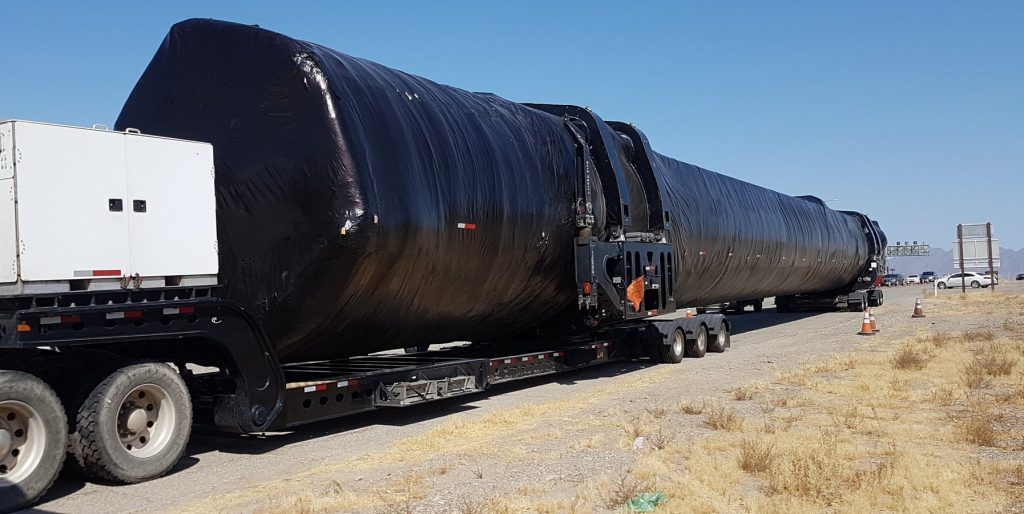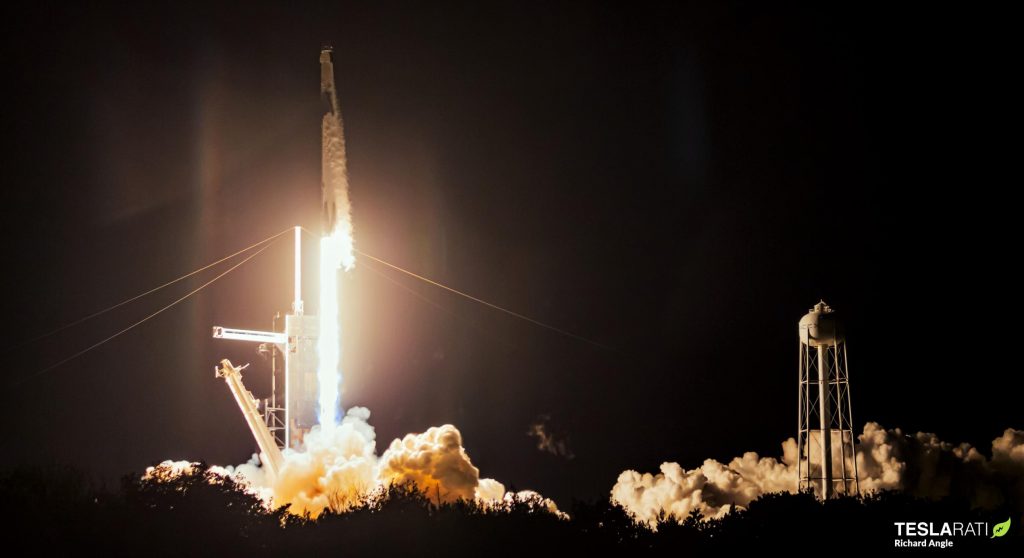

News
SpaceX still eyeing back-to-back East and West Coast launches this weekend
Update #2: SpaceX’s Starlink-15 launch has slipped to Sunday, November 22nd, roughly 36 hours after Sentinel 6A’s scheduled November 21st launch.
Update: Three days later, there’s still a chance that SpaceX will be ready to attempt back-to-back East and West Coast Falcon 9 launches on Saturday, November 21st, potentially launching twice in exactly ten hours if schedules hold.
On the West Coast, a new Falcon 9 rocket has successfully completed a routine static fire test and is likely just hours away from rolling out to SpaceX Vandenberg Air Force Base (VAFB) Space Launch Complex 4E (SLC-4E). The rocket is scheduled to place the international Sentinel 6A oceanographic satellite into a polar orbit, followed by booster B1063’s first landing attempt at Landing Zone 4 (LZ-4).
On the East Coast, Falcon 9 and 60 more Starlink v1.0 satellites went vertical at SpaceX’s Cape Canaveral Air Force Station (CCAFS) Launch Complex 40 (LC-40) pad. It’s unclear if SpaceX will perform a prelaunch static fire test despite the fact that the Starlink-15 mission will be booster B1049’s seventh flight – a first for SpaceX and orbital-class reusable rocketry.
Oddly, SpaceX has yet to update its website with details or confirmation of the two back-to-back launch attempts, raising the possibility of one or both being delayed, but hardware at the pad remains an unequivocal confirmation that at least one of the missions is close to liftoff. As usual, whenever Sentinel 6A and Starlink-15 do launch, SpaceX will host an official webcast on its YouTube channel.
SpaceX appears to be on track to attempt two separate Falcon 9 launches and landings within the same ten-hour, also marking the company’s 14th Starlink mission this year and first West Coast launch in a year and a half.
After overcoming a range of minor issues, replacing two Falcon 9 booster engines, effectively reactivating a dormant orbital launch complex, and doing all of the above to a standard capable of satisfying NASA’s strict expectations, SpaceX is officially set to launch the Sentinel 6A oceanography satellite no earlier than (NET) 9:17 am PST (16:17 UTC) Saturday, November 21st. The twist: Falcon 9 will be launching from Vandenberg Air Force Base (VAFB), California for the first time since June 2019.
Meanwhile, back on the East Coast, SpaceX has successfully completed Crew Dragon’s operational astronaut launch debut, clearing the company to focus on its third November mission – Starlink V1 L15. Set to be SpaceX’s 14th dedicated Starlink launch in 2020 alone, Starlink-15 is currently scheduled to lift off NET 10:17 pm EDT (03:17 UTC) on November 21st – coincidentally exactly ten hours of Falcon 9’s Sentinel 6A launch.
SpaceX’s Sentinel 6A launch will debut new Falcon 9 booster B1063, first spotted on its way from the company’s McGregor, Texas test facilities to VAFB in late August. Unfortunately, when Falcon 9 booster B1062 suffered a last-second abort on October 2nd, the Merlin 1D booster engine issue ultimately deemed responsible for the anomaly was also traced back to B1061 and B1063.

As a result, SpaceX chose to replace an average of two Merlin 1D engines on each of the three boosters in a process that took several weeks. Additional difficulty was added due to the fact that all three new boosters were assigned to high-profile missions for exceptionally strict NASA and US military customers, necessitating extra caution and verification. Regardless of the hurdles, SpaceX managed to complete an entire complex rocket engine anomaly investigation in less than six weeks, determining the root cause, replicating the failure mode with individual engine static fires, replacing multiple engines on multiple boosters, and recertifying all three boosters for their respective flights.
Falcon 9 B1062 successfully launched the US military’s GPS III SV04 satellite on November 5th, followed by Falcon 9 B1061’s flawless four-astronaut launch on November 15th. Of the three impacted boosters, only B1063 remains and is scheduled to launch just four days from now. Barring surprises, all three will likely support one or several dozen more launches in the coming years.


Meanwhile, SpaceX’s November 21st Starlink-15 launch is expected to feature Falcon 9 B1049 in what will become the first time the same rocket booster flies for the seventh time. In essence, if successful, Starlink-15 will effectively mean that SpaceX is 70% of the way towards achieving its longstanding goal of ten launches per booster.


News
Tesla starts showing how FSD will change lives in Europe
Local officials tested the system on narrow country roads and were impressed by FSD’s smooth, human-like driving, with some calling the service a game-changer for everyday life in areas that are far from urban centers.

Tesla has launched Europe’s first public shuttle service using Full Self-Driving (Supervised) in the rural Eifelkreis Bitburg-Prüm region of Germany, demonstrating how the technology can restore independence and mobility for people who struggle with limited transport options.
Local officials tested the system on narrow country roads and were impressed by FSD’s smooth, human-like driving, with some calling the service a game-changer for everyday life in areas that are far from urban centers.
Officials see real impact on rural residents
Arzfeld Mayor Johannes Kuhl and District Administrator Andreas Kruppert personally tested the Tesla shuttle service. This allowed them to see just how well FSD navigated winding lanes and rural roads confidently. Kruppert said, “Autonomous driving sounds like science fiction to many, but we simply see here that it works totally well in rural regions too.” Kuhl, for his part, also noted that FSD “feels like a very experienced driver.”
The pilot complements the area’s “Citizen Bus” program, which provides on-demand rides for elderly residents who can no longer drive themselves. Tesla Europe shared a video of a demonstration of the service, highlighting how FSD gives people their freedom back, even in places where public transport is not as prevalent.
What the Ministry for Economic Affairs and Transport says
Rhineland-Palatinate’s Minister Daniela Schmitt supported the project, praising the collaboration that made this “first of its kind in Europe” possible. As per the ministry, the rural rollout for the service shows FSD’s potential beyond major cities, and it delivers tangible benefits like grocery runs, doctor visits, and social connections for isolated residents.
“Reliable and flexible mobility is especially vital in rural areas. With the launch of a shuttle service using self-driving vehicles (FSD supervised) by Tesla in the Eifelkreis Bitburg-Prüm, an innovative pilot project is now getting underway that complements local community bus services. It is the first project of its kind in Europe.
“The result is a real gain for rural mobility: greater accessibility, more flexibility and tangible benefits for everyday life. A strong signal for innovation, cooperation and future-oriented mobility beyond urban centers,” the ministry wrote in a LinkedIn post.
News
Tesla China quietly posts Robotaxi-related job listing
Tesla China is currently seeking a Low Voltage Electrical Engineer to work on circuit board design for the company’s autonomous vehicles.

Tesla has posted a new job listing in Shanghai explicitly tied to its Robotaxi program, fueling speculation that the company is preparing to launch its dedicated autonomous ride-hailing service in China.
As noted in the listing, Tesla China is currently seeking a Low Voltage Electrical Engineer to work on circuit board design for the company’s autonomous vehicles.
Robotaxi-specific role
The listing, which was shared on social media platform X by industry watcher @tslaming, suggested that Tesla China is looking to fill the role urgently. The job listing itself specifically mentions that the person hired for the role will be working on the Low Voltage Hardware team, which would design the circuit boards that would serve as the nervous system of the Robotaxi.
Key tasks for the role, as indicated in the job listing, include collaboration with PCB layout, firmware, mechanical, program management, and validation teams, among other responsibilities. The role is based in Shanghai.
China Robotaxi launch
China represents a massive potential market for robotaxis, with its dense urban centers and supportive policies in select cities. Tesla has limited permission to roll out FSD in the country, though despite this, its vehicles have been hailed as among the best in the market when it comes to autonomous features. So far, at least, it appears that China supports Tesla’s FSD and Robotaxi rollout.
This was hinted at in November, when Tesla brought the Cybercab to the 8th China International Import Expo (CIIE) in Shanghai, marking the first time that the autonomous two-seater was brought to the Asia-Pacific region. The vehicle, despite not having a release date in China, received a significant amount of interest among the event’s attendees.
Elon Musk
Elon Musk and Tesla AI Director share insights after empty driver seat Robotaxi rides
The executives’ unoccupied tests hint at the rapid progress of Tesla’s unsupervised Robotaxi efforts.

Tesla CEO Elon Musk and AI Director Ashok Elluswamy celebrated Christmas Eve by sharing personal experiences with Robotaxi vehicles that had no safety monitor or occupant in the driver’s seat. Musk described the system’s “perfect driving” around Austin, while Elluswamy posted video from the back seat, calling it “an amazing experience.”
The executives’ unoccupied tests hint at the rapid progress of Tesla’s unsupervised Robotaxi efforts.
Elon and Ashok’s firsthand Robotaxi insights
Prior to Musk and the Tesla AI Director’s posts, sightings of unmanned Teslas navigating public roads were widely shared on social media. One such vehicle was spotted in Austin, Texas, which Elon Musk acknowleged by stating that “Testing is underway with no occupants in the car.”
Based on his Christmas Eve post, Musk seemed to have tested an unmanned Tesla himself. “A Tesla with no safety monitor in the car and me sitting in the passenger seat took me all around Austin on Sunday with perfect driving,” Musk wrote in his post.
Elluswamy responded with a 2-minute video showing himself in the rear of an unmanned Tesla. The video featured the vehicle’s empty front seats, as well as its smooth handling through real-world traffic. He captioned his video with the words, “It’s an amazing experience!”
Towards Unsupervised operations
During an xAI Hackathon earlier this month, Elon Musk mentioned that Tesla owed be removing Safety Monitors from its Robotaxis in Austin in just three weeks. “Unsupervised is pretty much solved at this point. So there will be Tesla Robotaxis operating in Austin with no one in them. Not even anyone in the passenger seat in about three weeks,” he said. Musk echoed similar estimates at the 2025 Annual Shareholder Meeting and the Q3 2025 earnings call.
Considering the insights that were posted Musk and Elluswamy, it does appear that Tesla is working hard towards operating its Robotaxis with no safety monitors. This is quite impressive considering that the service was launched just earlier this year.








